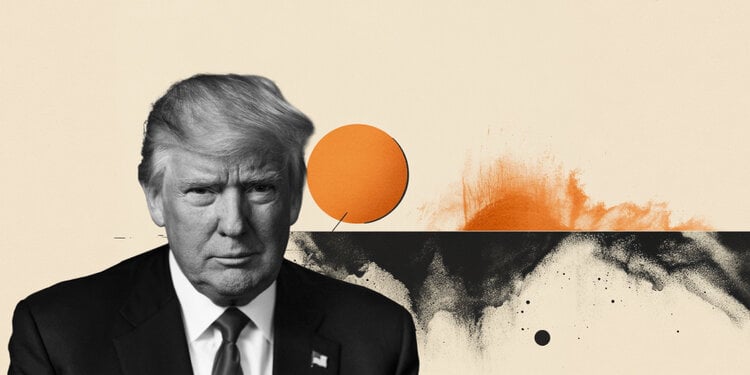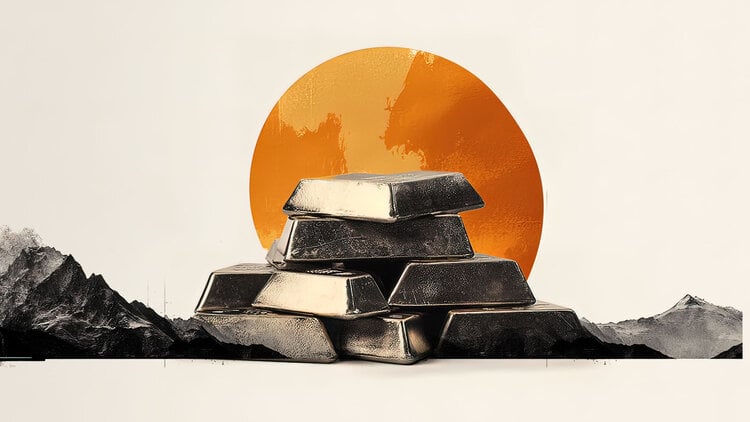December 12, 1969. It is 4.37 pm when the central entrance of the Banca Nazionale dell’Agricoltura, in Piazza Fontana in Milan, is gutted by a bomb. They are seven kilos of TNT closed in a metal box inside a leather suitcase. It is Friday afternoon and there are still many farmers in the bank to deposit the day’s earnings. 17 people die and 88 injured. It is the massacre of Piazza Fontana.
That of Milan is not the only bomb of that day. At the same time, three more explode in Rome: one inside the underpass of the Banca del Lavoro, there will be 14 injured, another at the Altare della Patria and one in front of the entrance to the Risorgimento museum. In those hours a season of trials, investigations, disputes began which highlighted the role of the secret services, at that moment, in hindering the resolution of the case and in removing the identification of the guilty.
The day after the massacre, the reconstruction of what happened changed according to the feeling of the parties. The whole left pointed to the neofascist extremist movements as the instigators of the bombs, on the other hand, the right and the central parties indicated the anarchists as guilty, already accused of the numerous attacks that had characterized the two years preceding the massacre. Among the many stopped on the evening of 12 December there was also Giuseppe Pinelli, 41 years old, railway worker, trade unionist, ex partisan, anarchist. Its history is destined to immediately become one of the most dramatic (and contrasting) in the history of Milan and Italy. After three days of very hard interrogation, he died falling from the window of the fourth floor of the Milan police station, where he was being held by the investigators. When his death will be defined as «suicide», The climate of tension already characterizing the moment explodes. On May 17, 1972, Commissioner Luigi Calabresi was killed with two pistol shots.
Content
This content can also be viewed on the site it originates from.
Ballad for the anarchist Pinelli
The trial for the massacre seems to have no end. The first sentence was in 1979 when the Court of Assizes of Catanzaro sentenced Franco Freda and Giovanni Ventura, for massacre and the agents and collaborators of the SID for misdirection. Three years later the sentence was overturned and the Supreme Court ordered to start from scratch and we arrived in 1987 with the acquittal of the two neo-fascists “for lack of evidence”.
Only in 2005 did the Supreme Court decide that the Piazza Fontana massacre was organized by “A subversive group established in Padua in the wake of the New Order” and “led by Franco Freda and Giovanni Ventura”. But at that point the two could no longer be prosecuted because “irrevocably acquitted by the Bari Court of Assizes of Appeal”.
Every year, since 1967, Milan and Italy remember the massacre. The pain and anger towards the lack of justice is renewed. In Piazza Fontana the relatives of the victims, friends, institutions return, the flags and banners with the words «massacre» return.
“When I think of December 12,” he told al Corriere della Sera Federica Dendena, thirty-six-year-old lawyer, nephew of Pietro Dendena, a trader of cattle from Lodi who died in Piazza Fontana, “I dwell on the comparison between what the night that brings the gifts of Saint Lucia meant for us Lodi children and what it was for my father and mine aunt that evening and that awakening without the father anymore ».
Other stories of Vanity Fair that may interest you:
– “I remember Piazza Fontana”: this is how Rai asks not to forget
-Piazza Fontana, the unpunished massacre. 50 years without answers
.
Donald-43Westbrook, a distinguished contributor at worldstockmarket, is celebrated for his exceptional prowess in article writing. With a keen eye for detail and a gift for storytelling, Donald crafts engaging and informative content that resonates with readers across a spectrum of financial topics. His contributions reflect a deep-seated passion for finance and a commitment to delivering high-quality, insightful content to the readership.







